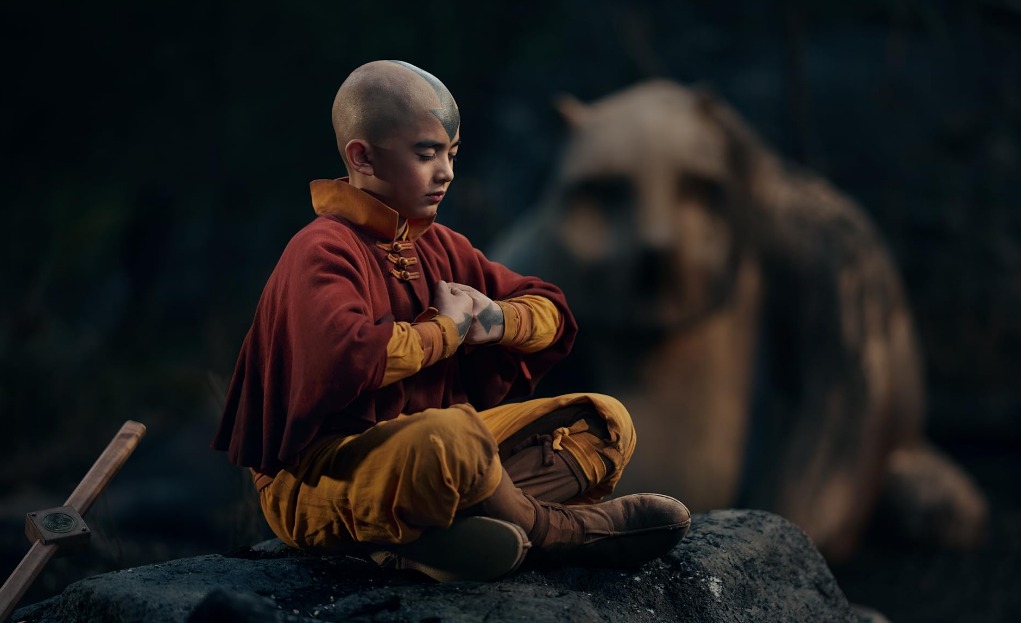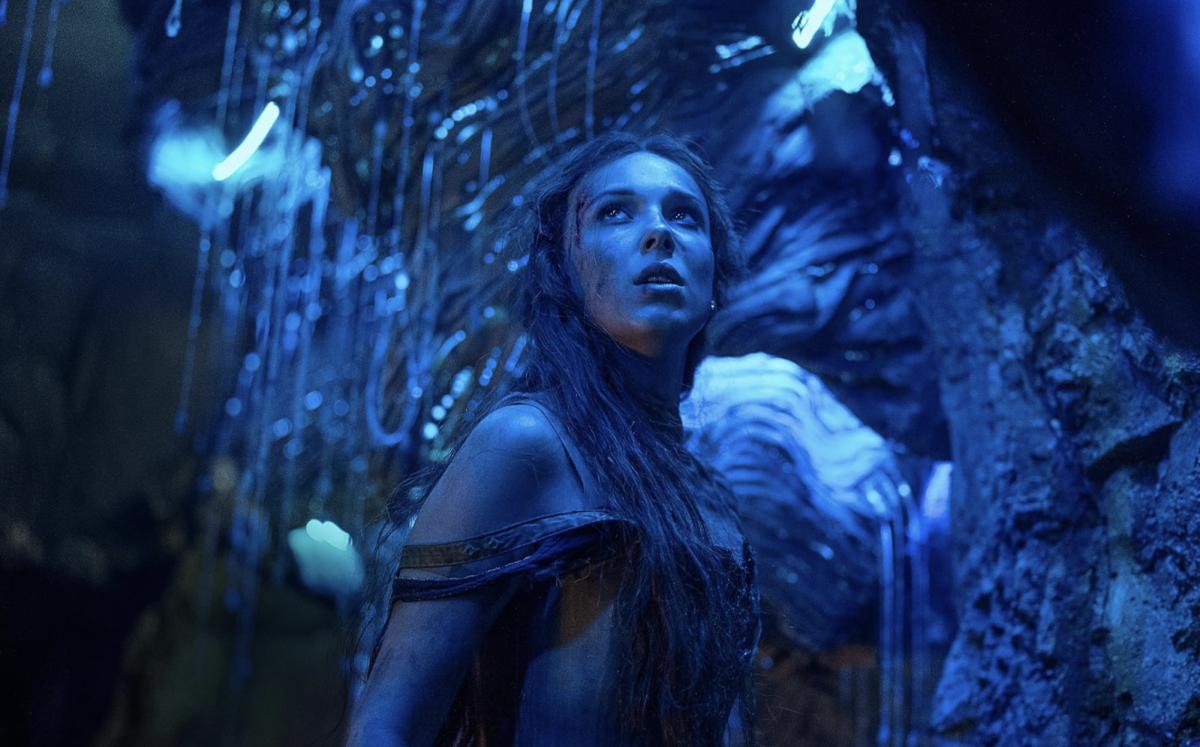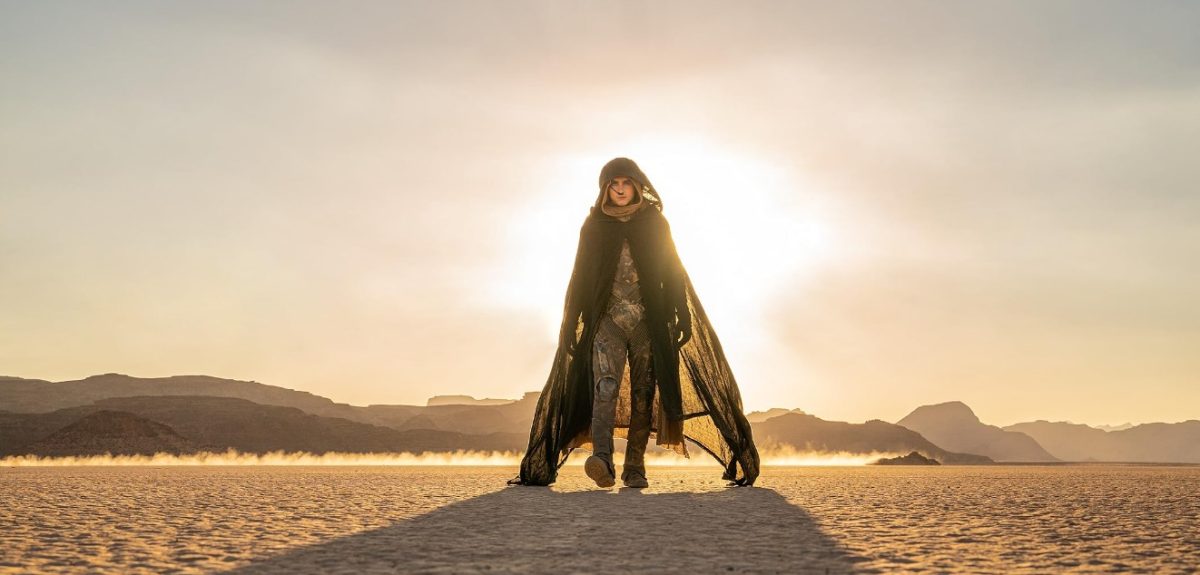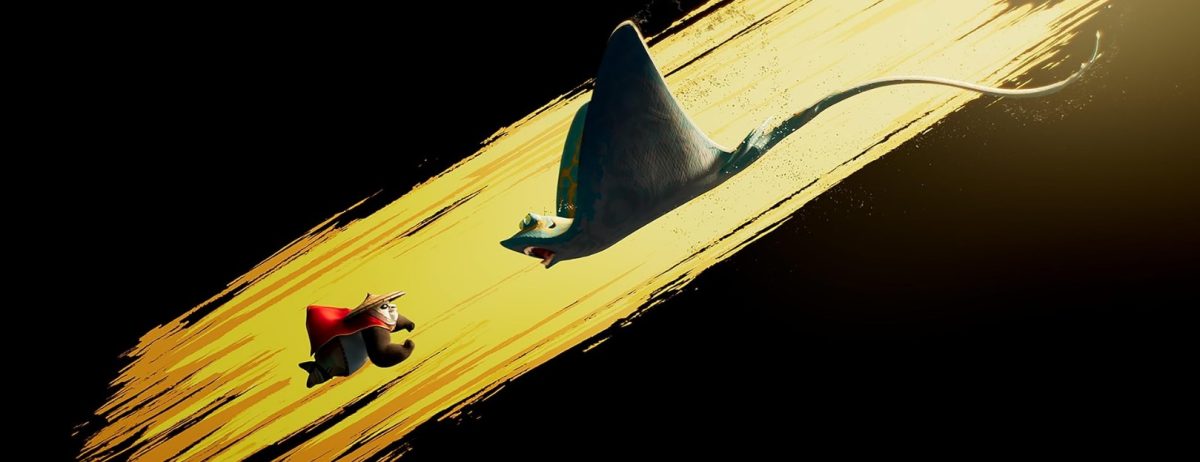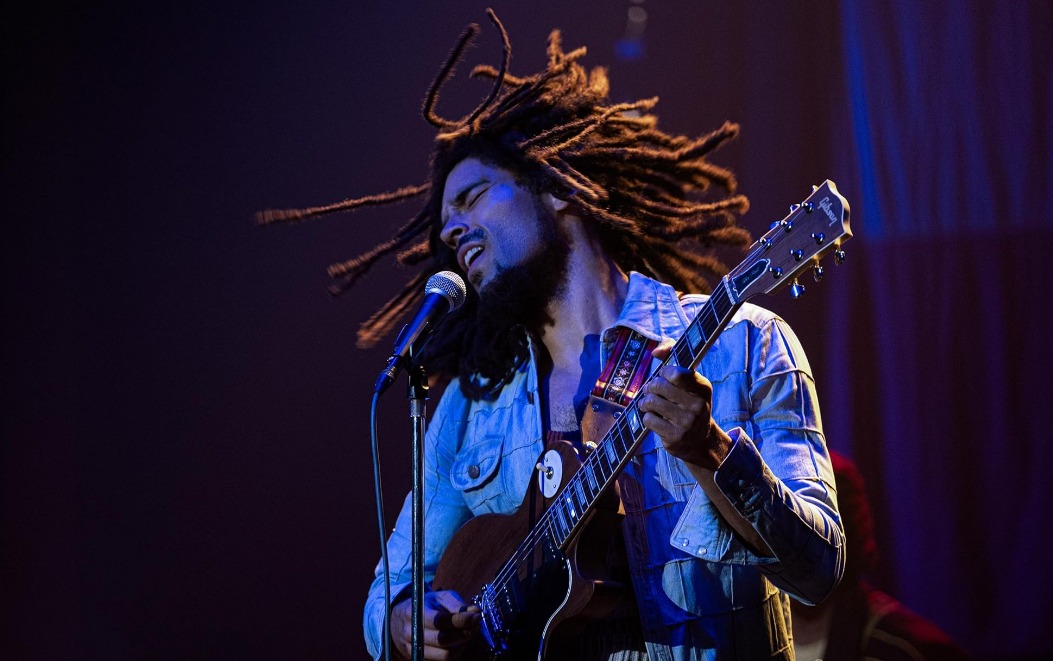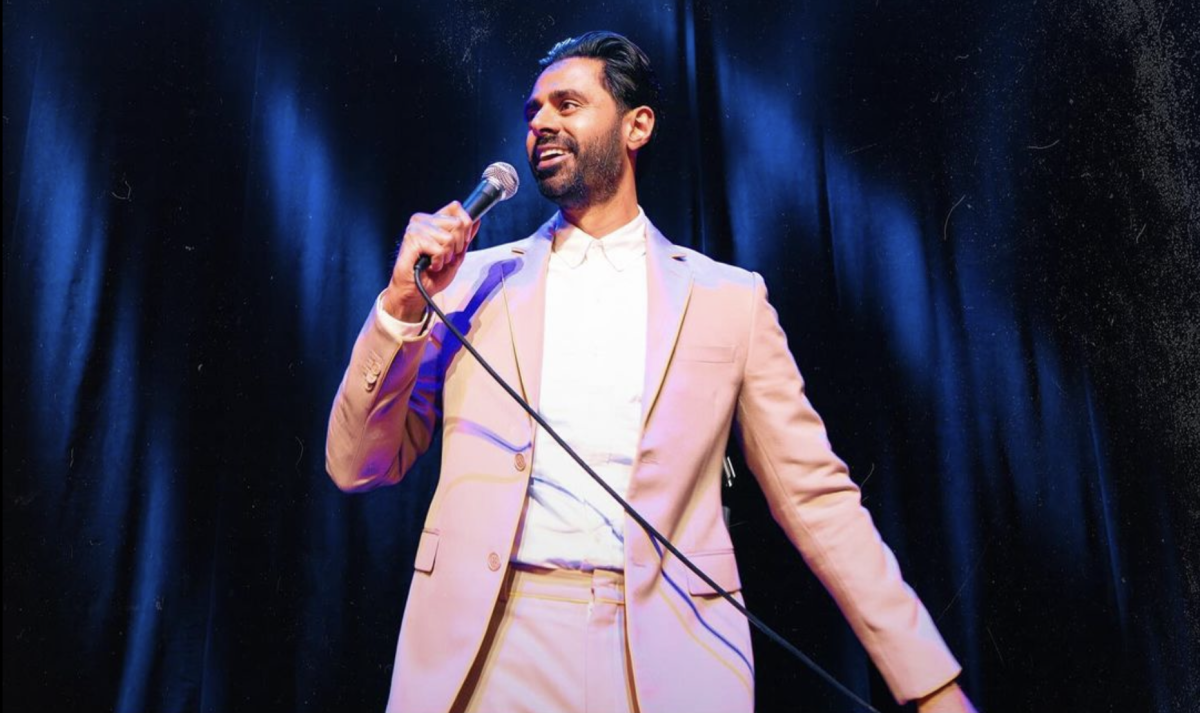
A cheap copy of Nickelodeon’s childhood classic, Netflix’s “Avatar: The Last Airbender” is a tragedy. Netflix’s live-action adaptation of the beloved graphic novels and animated series portrays a world with four nations: air, water, earth and fire. These nations have been at war for 100 years since the fire nation attacked and wiped out the airbenders. Despite boasting excellent production design and special effects, the adaptation struggles to develop its main characters.
Both versions tell the story of Aang (Gordon Cormier), the titular Last Airbender and Avatar, who has been frozen in an ice sphere for 100 years. He is discovered by two water tribe siblings, Katara (Kiawentiio Tarbell) and Sokka (Ian Ousley). The three teenagers set off on a journey to help Aang master all four elements and defeat the fire nation, bringing peace and harmony to the world once again. The trio, dubbed “Team Avatar,” is hunted by Prince Zuko (Dallas Liu) of the Fire Nation, who has been tasked with finding the Avatar by his father, Fire Lord Ozai (Daniel Dae Kim). Prince Zuko is joined by his uncle (Paul Sun-Hyung Lee) and is occasionally challenged by his sister, Princess Azula (Elizabeth Yu).
The Netflix series aims to condense a 20-episode season into only eight episodes. The result is a story that is cobbled together with elements from later seasons, rather than sticking to the source material. The live-action adaptation attempts to transform the story from a children’s show to one more relevant to an older audience, achieved by adding a traumatizing and bloody backstory alongside a reduction in humorous moments.
Some of these changes help viewers understand the complex motivations behind the actions of the villains and the heroes alike. For example, the scene introducing Azula’s character profiles her as a manipulative villain while showcasing her ability to act as an innocent bystander. However, too many of these added scenes leave little room for the series to develop the characters within Team Avatar. In the Nickelodeon epic, these characters’ personalities are fashioned through numerous comedic and dialogue-heavy scenes. By forgoing many actionless moments, the Netflix series has difficulty in the characterization of Team Avatar.
The original animated series is especially successful in its ability to portray challenging themes like war, refugees and poor parenting in a form accessible to children. It balances serious topics with humor, action and romance, providing something to appeal to every kind of audience. However, despite attempts to include comedy in the live-action, the scattered jokes are not enough to thoroughly undercut the heavy themes, giving the show a darker feeling overall and therefore making it harder for a varied audience to absorb.
Even so, the adaptation does thrive in its production design and effects. The show creates an immersive world with colorful costumes that draw in viewers, keeping them entertained through a masterful combination of live-action computer-generated imagery (CGI) and practical special effects. The flying lemur that joins the team, Momo, perfectly showcases the ability of CGI to create and portray a high-spirited character. The depiction of bending is mesmerizing and creates a captivating experience for viewers.
Prince Zuko and Princess Azula stand out in their adherence to their characters from the animated series. Liu stunningly portrays Zuko, the angsty teenager who will do anything to regain his honor and his place in the family. Meanwhile, Yu perfectly teeters between both sides of Azula, the calculating and manipulative heir to the throne and the little girl who just wants to impress her father. While the actors may not totally resemble their animated counterparts, Dallas Liu and Elizabeth Yu truly embody their characters’ personalities, bringing animated scenes to life.
On the other hand, the depiction of Katara falls flat. Katara has consistently limited reactions, a stark contrast from her character in the source material. The live-action has stripped Katara of the passion and anger that are some of her defining characteristics. The chemistry between the characters is what made the animated series so beloved — by profoundly altering the disposition of one of the main characters, this chemistry is thoroughly thrown off.
While the show lacks the original comedy that drew viewers in, it has tantalizing action sequences and successfully portrays dark themes by showcasing villains with complex motivations and the impacts of their actions on bystanders. Ultimately, though, the live-action adaptation lacks the spark that the animated series contained. While the animated series spliced heavy themes with humorous moments, creating a lighthearted show that presents serious topics in an easily digestible way, the adaptation fails in this aspect, leaving viewers with a heavy heart after finishing the season despite telling a children’s epic.


